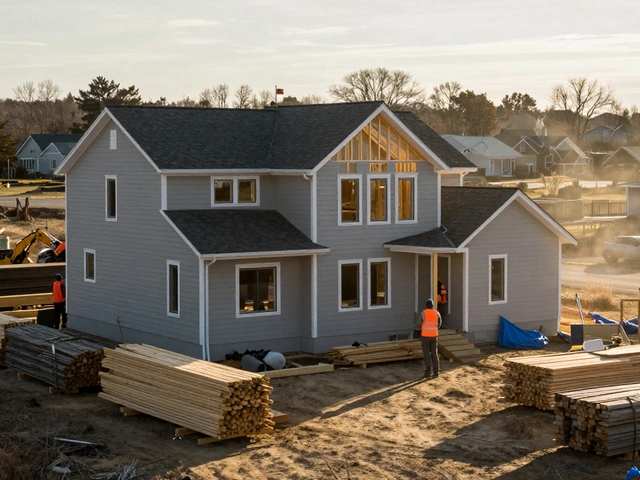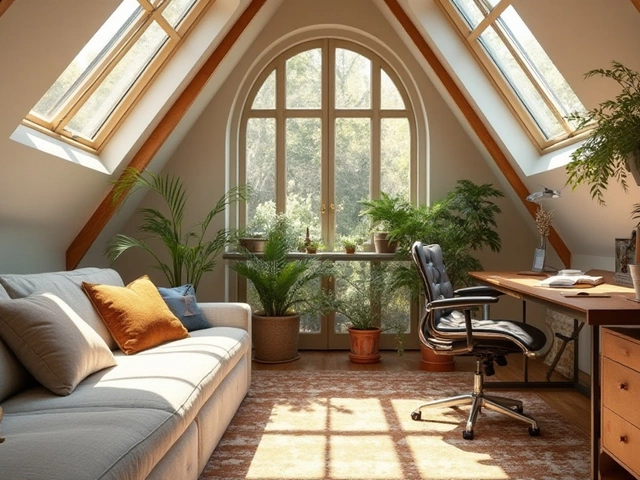Kitchen Renovation Price: What You’ll Actually Pay
Thinking about a new kitchen but scared of the price tag? You’re not alone. Most homeowners wonder how far their money will stretch before they start picking out cabinets. The good news is that a kitchen remodel can match many budgets if you know where the money goes.
How Costs Break Down
Every kitchen project has a few major cost buckets. Here’s the typical split:
- Cabinets and countertops: 30‑40% of the total. Stock cabinets are cheaper, while custom wood or high‑end stone drives the price up.
- Appliances: 10‑15%. A basic fridge and stove cost far less than a built‑in coffee system or double‑oven range.
- Labour: 20‑35%. This covers demolition, plumbing, electrical, and installation. Skilled trades cost more in busy cities.
- Finishes: 10‑20%. Flooring, lighting, backsplashes, and hardware can add up quick if you choose premium options.
- Allowances and permits: 5‑10%. Some councils require a building permit for structural changes, and it’s smart to set aside a contingency fund for surprise issues.
Putting these percentages together gives a realistic ballpark. A modest remodel might sit around £15,000‑£20,000, while a high‑end redesign can easily top £50,000.
Tips to Keep Your Kitchen Renovation on Budget
1. Start with a clear plan. Sketch your layout, list must‑have items, and assign a budget to each category before you talk to contractors.
2. Reuse where possible. If your existing countertop is in good shape, keep it and just refinish. Re‑using appliances you already own can shave a few thousand pounds.
3. Shop sales and outlet stores. Many suppliers discount stock cabinets and quartz slabs at the end of the season. Check online marketplaces for gently used fixtures.
4. Get multiple quotes. A single quote can hide hidden fees. Compare at least three contractors, and ask them to break down labour, materials, and waste.
5. Prioritise value‑adding upgrades. Good lighting and a functional layout boost resale value more than fancy cabinet handles. Focus on things that improve daily use.
6. Set a contingency. Reserve 10% of your budget for unexpected costs like plumbing leaks or hidden damage. It saves stress when surprises pop up.
7. Do simple DIY tasks. Demolition, painting, and removal of old fixtures are often doable with minimal tools. Just leave electrical and plumbing to the pros.
By following these steps, you can control costs without compromising on the look you want.
Remember, the cheapest option isn’t always the best. A poorly installed cabinet can lead to water damage and extra repairs later. Balance price with quality, and you’ll end up with a kitchen that works and lasts.
Ready to start budgeting? Grab a notebook, list your must‑haves, and use the breakdown above to map out a realistic figure. With a clear picture, you’ll feel confident negotiating with suppliers and contractors, and you’ll avoid the dreaded “budget blowout” that haunts many renovation projects.
Kitchen Fitting Cost: How Much Does It Really Cost to Fit a Kitchen?

Wondering how much it costs to fit a kitchen? This article breaks down the real numbers behind kitchen fitting prices in 2025. From what affects the cost to how fitters charge, you'll see what impacts the total price and learn tips for getting the best deal. We cover everything from materials to hidden costs, so you’ll know exactly what to budget for. Perfect if you want to avoid nasty surprises during your next kitchen refurb.
read more



